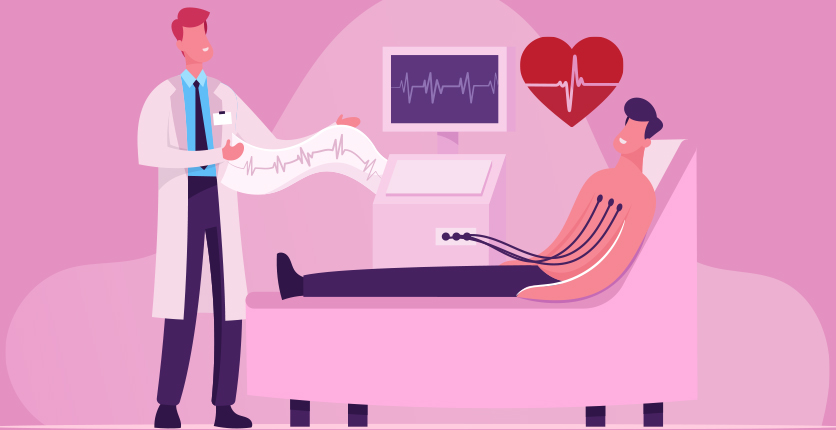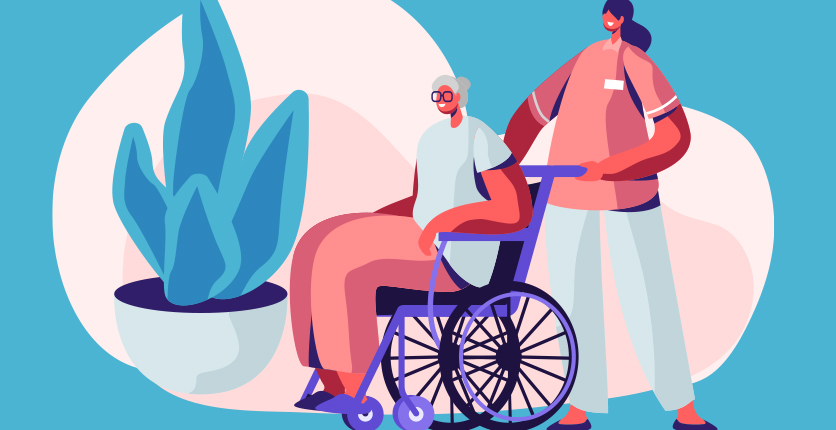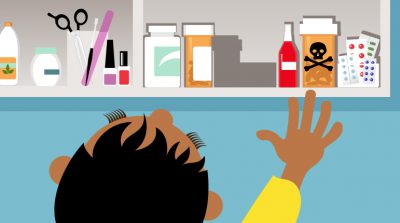With the recent COVID-19 epidemic worldwide, it is of no surprise that people are most worried about falling ill to a virus, and the huge medical costs that can add up very quickly should one get hospitalised.
With so many different types of insurance available in Singapore, buying more health policies than you actually need is a common occurrence. We break down the myriad of health insurance policies available into a simple to digest guide.
At its core, health insurance is intended to ease the financial burdens associated with in-patient medical care, hospital stays, and out-patient care. This is why all Singapore citizens and permanent residents have a basic health insurance plan.

Essential: Medical Insurance
This is the crucial health insurance that everyone should be familiar with, as enrolment into Medishield starts the moment you make your first CPF contribution. Started 20 years ago, Medishield, a basic health insurance, helps to pay for large hospital bills and some costly outpatient treatments, such as dialysis and chemotherapy for cancer.
Revamped as MediShield Life, the plan provides subsidised treatment, limited to public hospitals and B2/C-type wards. Should you choose to stay in an A/B1-type ward or in a private hospital, your MediShield Life payout will cover only a small proportion of your bill. You will need to draw from MediSave and/or cash to pay the balance.
For better medical coverage, you can opt for the Integrated Shield Plan. It acts like an add-on to your MediShield Life plan. It will give you higher coverage and wider access to different treatments, from a broader range of doctors and hospitals.
Because it builds on existing MediShield Life policies, you do not get duplicate coverage. MediShield Life premiums are paid for from your MediSave account. Similarly, the premiums for an Integrated Shield Plan can also be deducted from your MediSave account.
Currently, NTUC Income, AIA, Great Eastern, Aviva, Prudential, AXA and Raffles Health Insurance provide Integrated Shield plans.
For added coverage, you can also consider buying other types of health insurance policies which expands the coverage beyond medical costs.

Important: Critical Illness Insurance
This insurance can pay for costs of critical illness not covered by traditional medical insurance. It pays out a lump sum if you are diagnosed with one of the critical illnesses in the policy.
Major cancers, heart attacks and strokes are just some of the illnesses that this insurance covers. Adequate critical illness insurance ensures that finances wouldn’t be a major limiting factor for your treatment or recuperation options.
Do pay attention to coverage as different companies divide the coverage of their listed critical illnesses into early, intermediate and critical stages. As a perk, many insurers are offering a rebate of the total premiums paid, back to policyholders at the end of their policy term if no claims were made.

Beneficial: Personal Accident Insurance
The more relevant insurance of this moment, is Personal Accident (PA). A PA insurance complements your health insurance, chiefly because it covers outpatient treatments, has supplementary income benefits and infectious disease coverage.
Many people have the misconception that PA and Critical Illness insurance are the same. You can develop cancer, but you can’t develop COVID-19 or dengue fever – hence the need for “accident” coverage for yourself. Another example covered by PA insurance is food poisoning.
On top of those, some PA policies include weekly income benefit to make up for the lost income due to inability to work due to accidents, as well as child support benefits.

Good to have: Disability Income Insurance
While not directly health-related, this insurance is worthy of consideration. Chances are, you are raising a family and suddenly having a loss of income can be a huge blow to your family’s finances. How this differs from PA lost income benefits, is that this pays up to 80% of your average monthly salary.
This will pay you for the loss of income due to an accident or illness. The policy payouts are typically offered monthly. Payouts will continue for as long as you are not able to earn an income due to a temporary or permanent disability until you turn 65 years old.
Disability income is commonly confused with Total Permanent Disability (TPD) insurance which pays a lump sum upon severe disability. TPD is usually part of a life insurance policy.

Plan to have: Long Term Care Insurance
This defrays the costs by paying a fixed monthly amount for long term nursing treatment, if you are unable to perform a number of daily activities such as eating and moving around.
Sounds familiar? The current basic long term care insurance, ElderShield, will be replaced with CareShield Life this year. This will be made mandatory for all Singaporeans and Permanent Residents with the option to use MediSave funds.
While not exactly an insurance that the young working force needs now, it is good to plan ahead for your own long-term care needs, as this reduces the burden on your family or caregiver. This insurance is a way to ensure that you will be able to afford the care you might one day need.
Before you go: No one-size-fits-all insurance
It is hard to determine which is the “best health insurance”. Insurance policies are extremely complex, and there is no one-size-fits-all policy. Before you purchase a new policy, it is important to understand the policy coverage, as well as your needs based on your life circumstances.
References:
https://www.moneysense.gov.sg/articles/2018/11/understanding-health-insurance
http://www.smj.org.sg/article/health-insurance-singapore-whos-not-included-and-why










